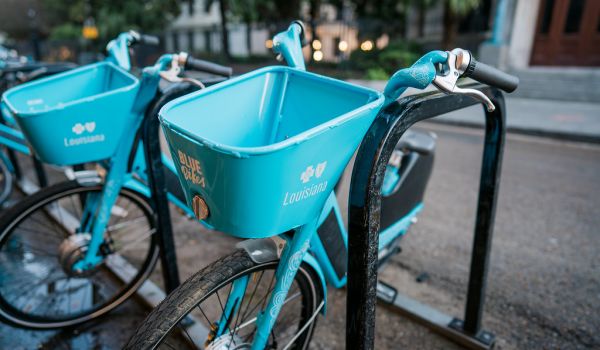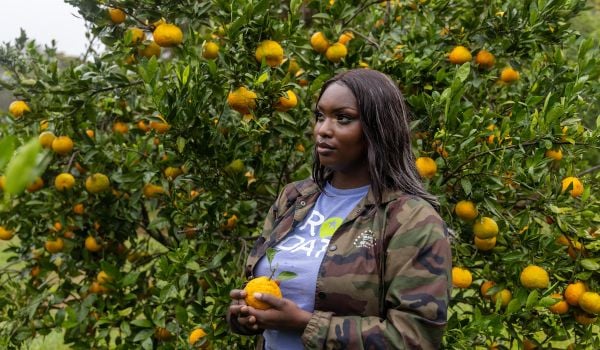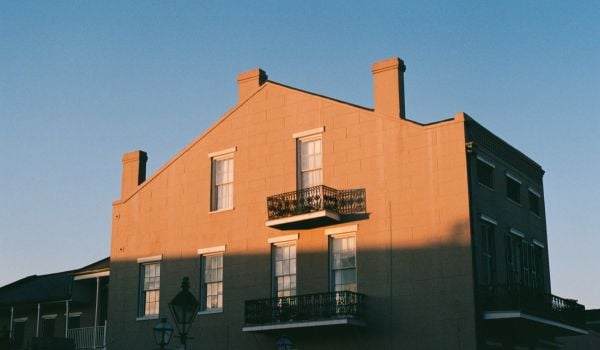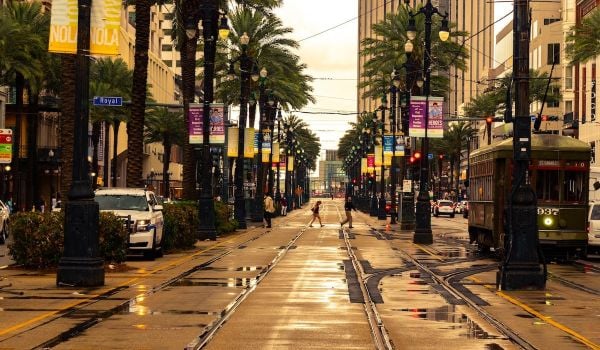I have two stark memories of New Orleans — my first trip to the city in 2004 and a trip to NOLA in January 2006.
In 2004, I thought I was going down to New Orleans to visit my best friend from college, but she thought she was down there to hang out with her boyfriend. Rather than be a third wheel, I preferred to roll alone. I walked from the French Quarter to the end of Uptown, bought a Breece Pancake book, and took a trolley back to the French Quarter one Saturday. I drank on Frenchman St. and danced a little. Mostly alone. I recall it as a debauched and beautiful experience: powdered sugar, hurricane cocktails, street music, sticky weather, gothic architecture. I found the city fascinating and like thousands of other tourists, I thought maybe, somehow, I could find a way to live there.
Then, Katrina. We know what happened.
In January 2006, JetBlue was offering a sweet deal on airfare down to New Orleans and so my boyfriend at the time and I spent President’s Weekend there. This time, we toured the devastation. With friends who lived there, we drove around the Lower Ninth Ward and saw the houses flipped upside down, houses on top of cars, houses smushed into other houses. We left just before sunset, because the electricity wasn’t on in most of the city. We stared at looted stores and photographed empty streets. FEMA graffiti emblazoned almost every house. There was a dead dog laid in a street gutter, rotting. Water lines still marked most buildings. The street cars were stopped. These friends were drinking hard, it seemed not for good times, but to quell their nerves. We participated in what was the first post-Katrina second line. We went to a bar by the river in the Garden District area and watched football. The week after we left, someone shot up the place.
For this latest trip, I expected to see the city struggling. What I saw was the old New Orleans. Actually, what I saw was better than anything I remembered before. Did the warehouse district have so many businesses? I don’t remember them. Did Poydras St. have such nice plantings in its traffic median? No water lines on buildings, just new paint jobs. Only two houses I saw still had FEMA tags on them. French Quarter businesses were back and running. Long lines at Mother’s, good beignets at Cafe du Monde, B&Bs I remembered being closed in 2006 were back. Never heard Bourbon St. so loud. Commander’s Palace was serving brunch again, and I still couldn’t afford it.
What is different this time around is the number of young people dedicated to the city’s renewal. For each of the three nights down there, I ate dinner at a local’s house, courtesy of my guide, the writer Ariella Cohen. Each of my dinner hosts was somehow involved in improving the city’s lot. One was an architect, another a Jewish community director, another was involved in local politics. When I got back to my desk here in Philadelphia and the 400 or so emails in my Inbox, a former NAC intern wrote me about her plans to move down there. I couldn’t recommend a better place to “get involved.” It’s a big experiment down there — can a bunch of twenty-somethings actually effect change? I think so, I think they already have. They’ve given the people of New Orleans the assurance that they can invest in the city, because a new generation has invested their lives there. Anywhere else and such young vitality would make the media jaded. Instead, the Times Picayune keeps reporting on the recovery. The can-do spirit, so lacking in my current city, made me feel hopeful that if we enter a truly dark age, as predicted by climate change, people will come together to save what was lost and to remake cities better than they were before.
And then I was taking a cab back to the airport and was talking to the cab driver. He told me about how he lost his liquor business during Katrina. My grandfather was a liquor salesman, I was sympathetic. The driver moved to Hilton Head after the storm and just returned to New Orleans. It’s the only place he’s loved in the America, and he moved here from Jordan when he was a kid. His wife, an American, doesn’t love New Orleans, wants to go back to Hilton Head. After all, the driver is driving cabs again — the same job he had after high school. And she’s unemployed. She blamed New Orleans. He blamed the country’s economy. I gave him a big tip and headed home.
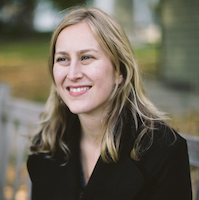
Diana Lind is the former executive director and editor in chief of Next City.

